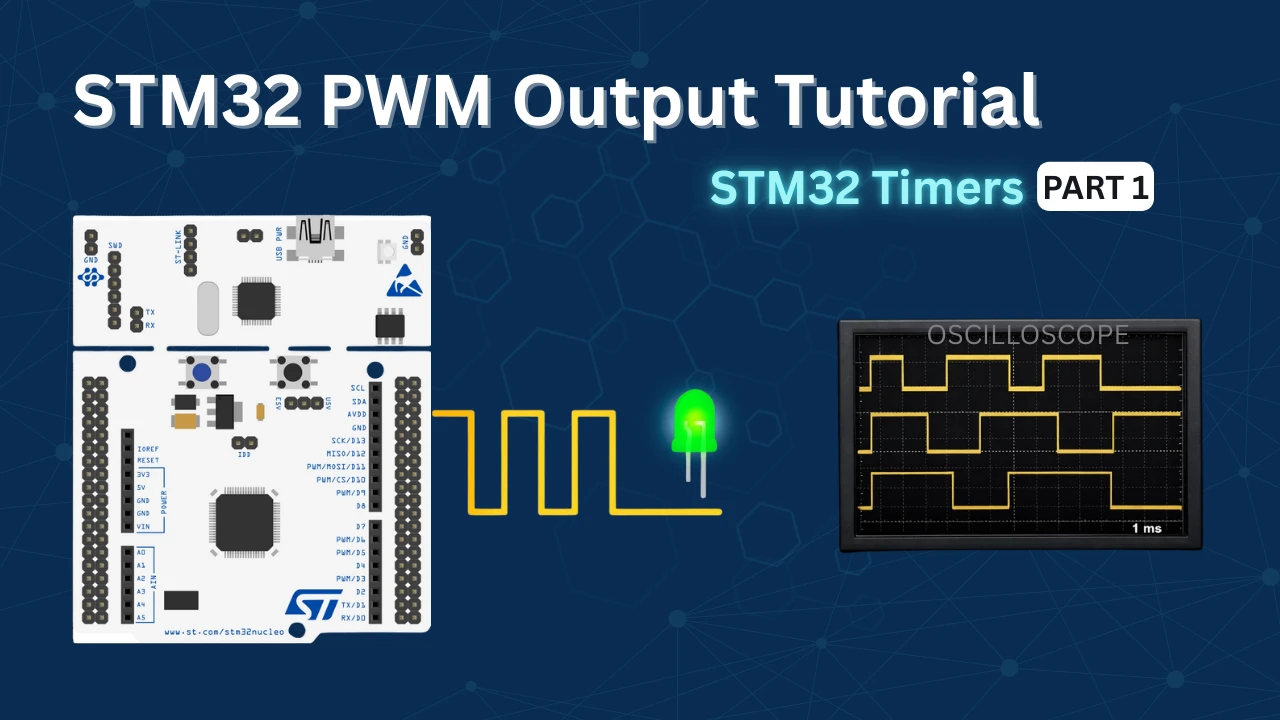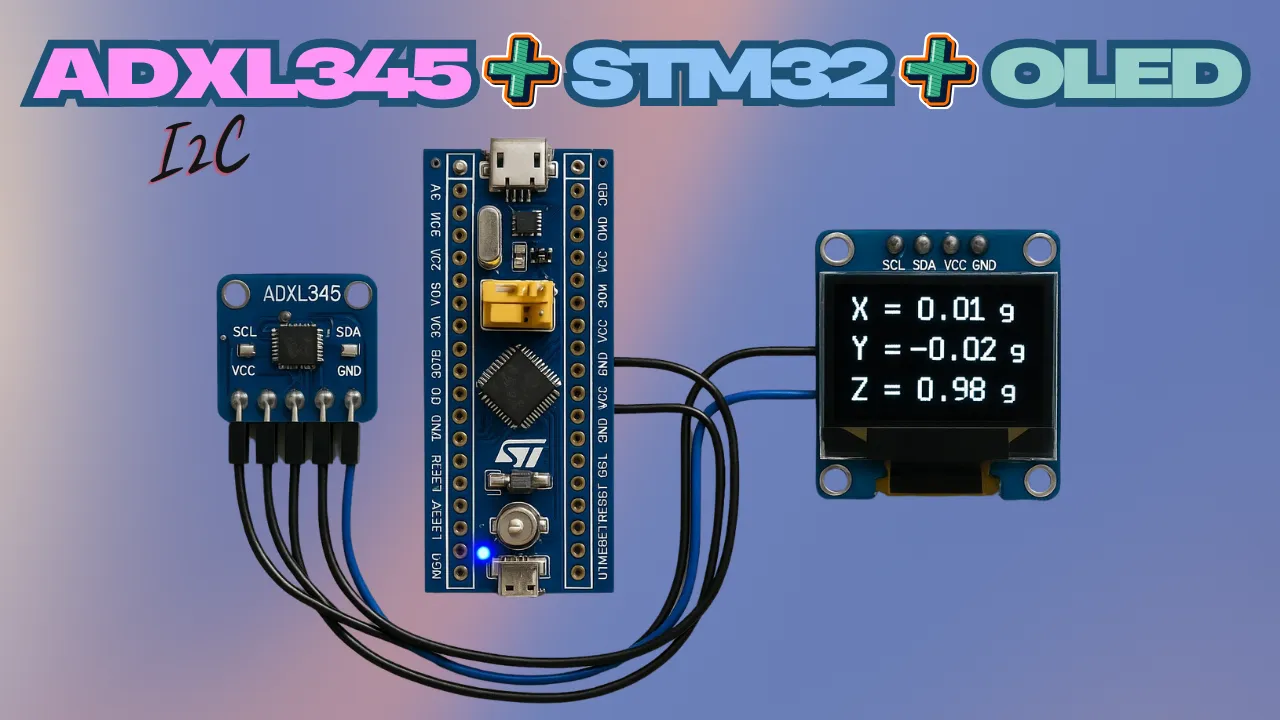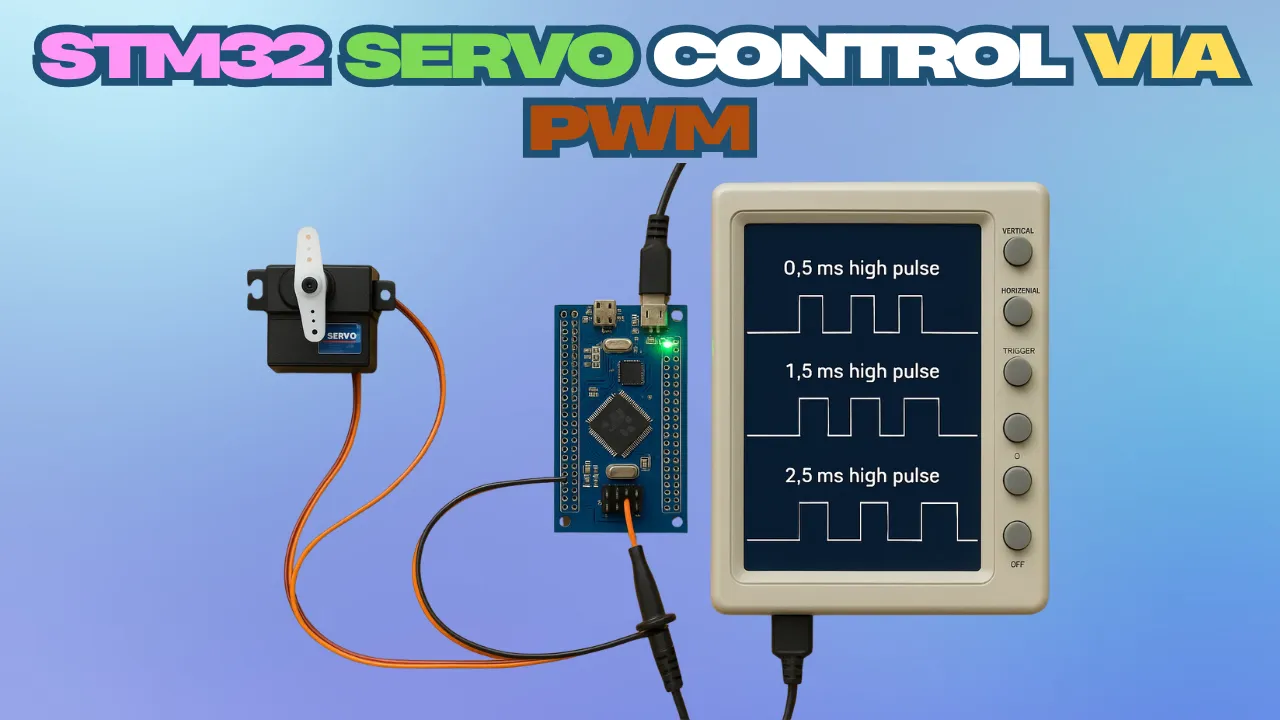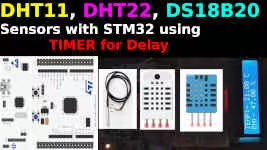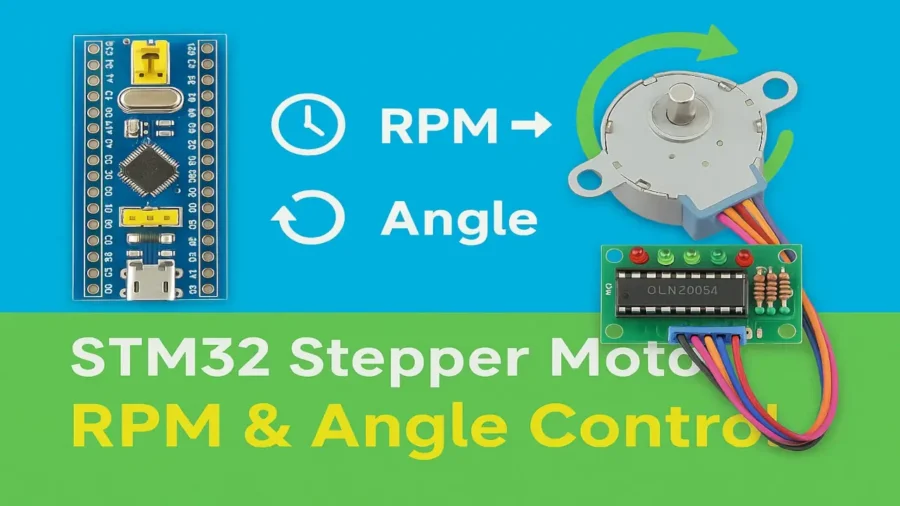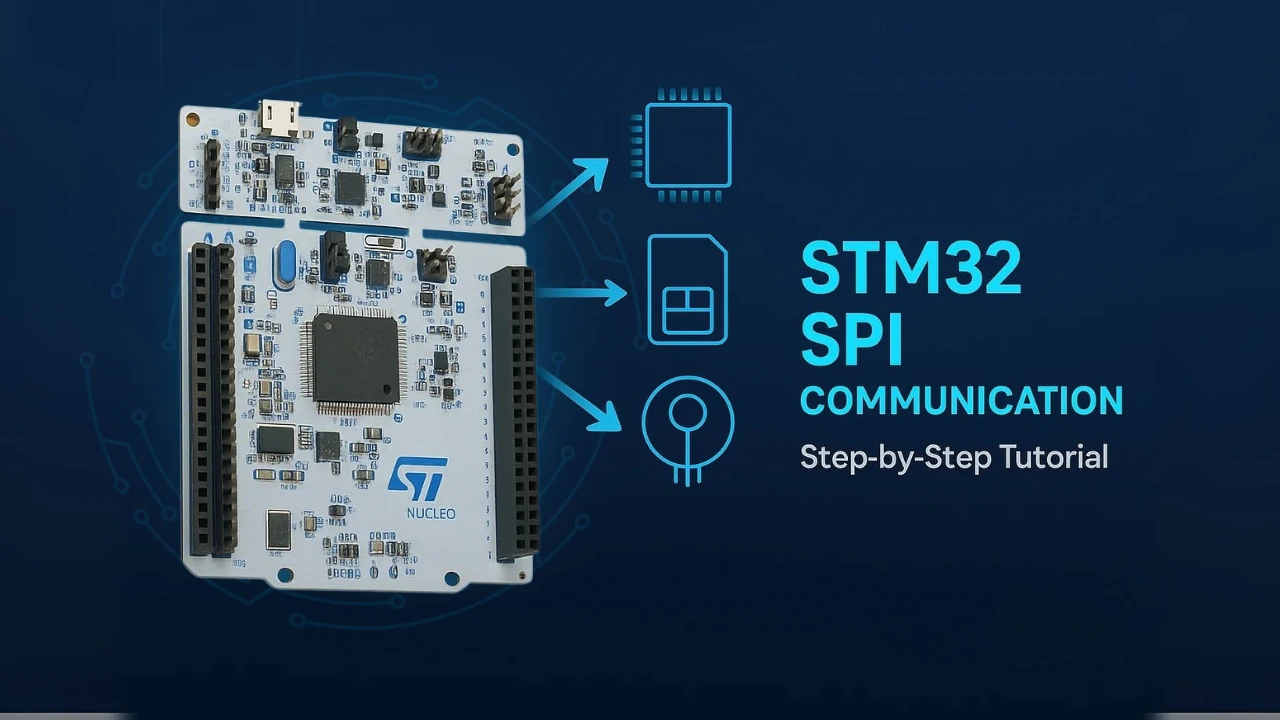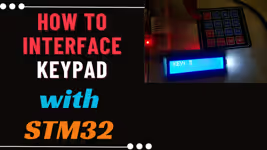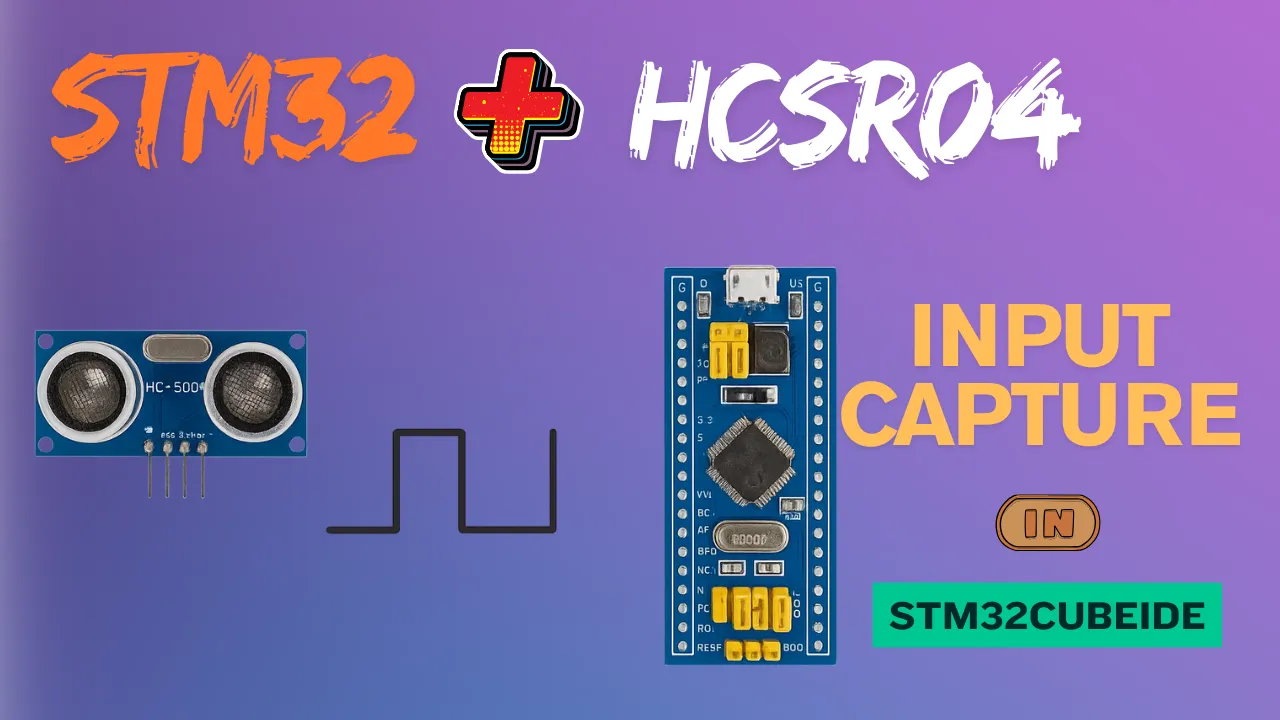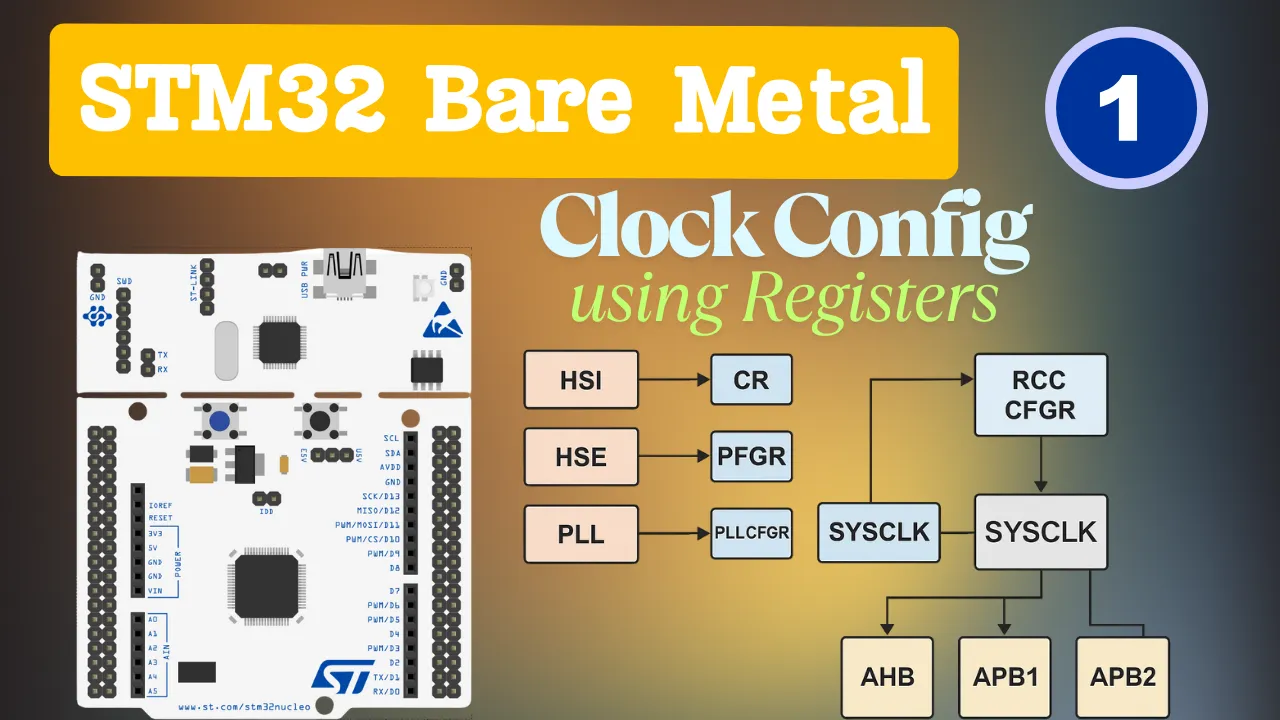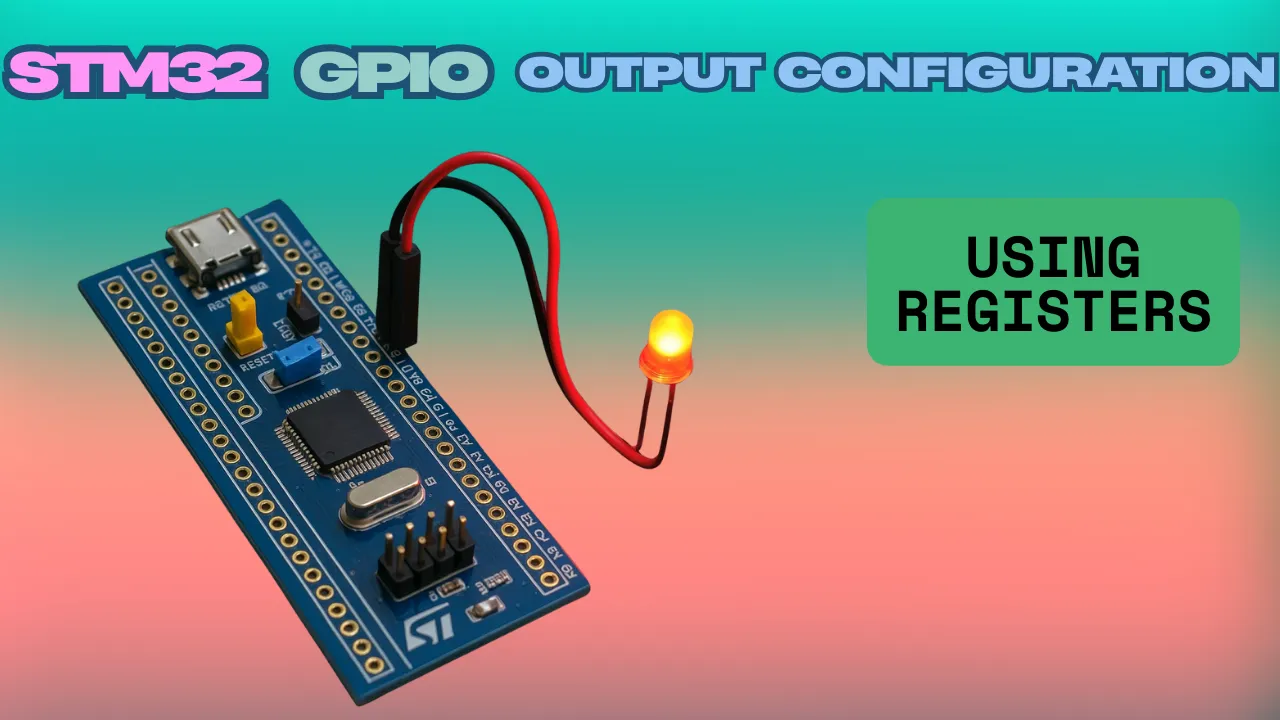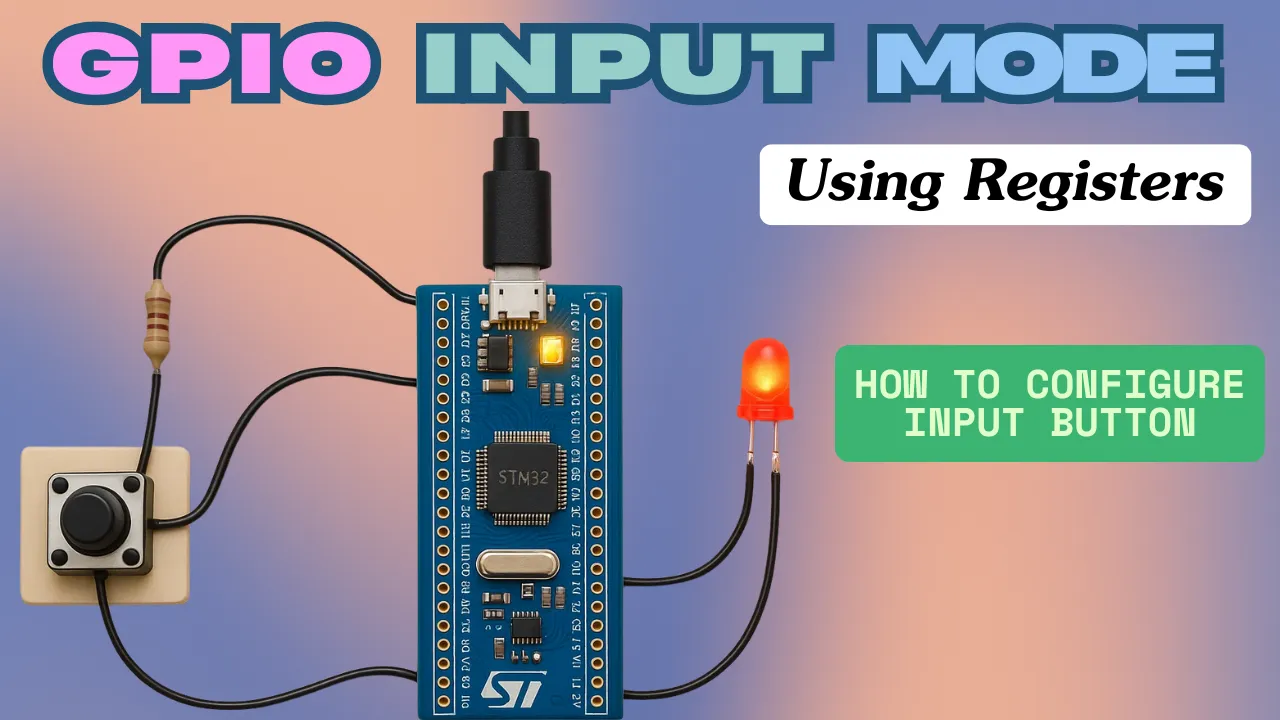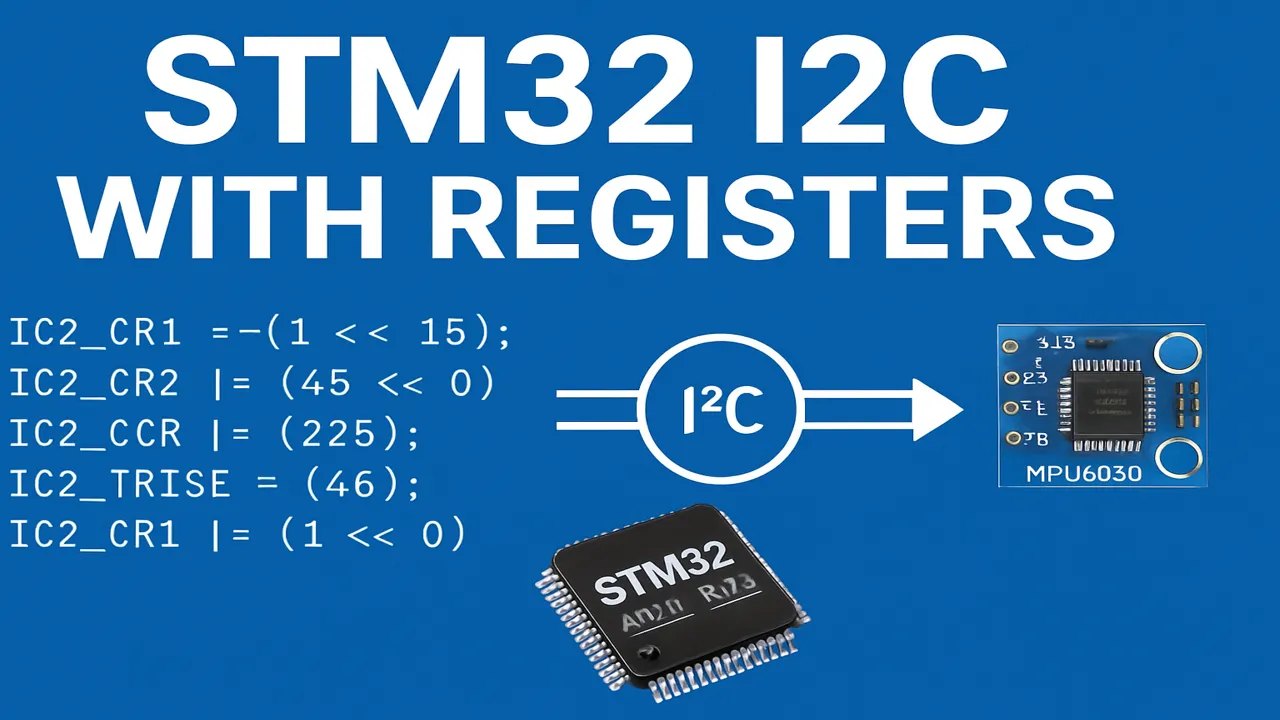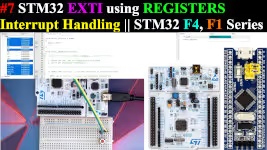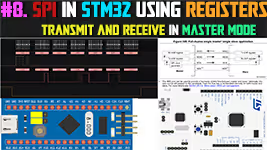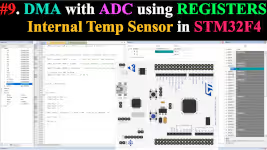STM32 Tutorials: Learn STM32 Programming with HAL, LL, and Register Programming
This section provides step-by-step STM32 tutorials and tested code for learners ranging from beginners to experts. Programming is demonstrated in STM32CubeIDE using both HAL and LL drivers, making the examples easy to follow and adapt. The coverage spans GPIO, ADC, UART, timers, PWM, I2C, SPI, CAN, Ethernet, DMA, memories, displays, sensors, and many other peripherals, ideal for anyone looking to gain practical experience and develop reliable hardware projects.
STM32 HAL Tutorials
Step-by-step STM32 guides using HAL covering essential peripherals like UART, SPI, I2C, ADC, DMA, CAN, and GPIO, with practical examples and code for beginners and advanced developers.
STM32 Microsecond Delay Using HAL Timer (delay_us Example)
STM32 DHT22 Temperature & Humidity Sensor with HAL
Interfacing ADXL345 Accelerometer with STM32 via I2C – Complete Tutorial with Code
How to Control a Servo Motor with STM32 using PWM (HAL + CubeMX Tutorial)
How to Interface DHT11 Temperature and Humidity Sensor with STM32 using HAL
Interface 28BYJ‑48 Stepper Motor with STM32 (HAL + CubeMX Tutorial)
SPI Communication with STM32 using HAL – Complete Tutorial with Code Examples
STM32 Internal RTC Tutorial: Setup, Alarm, LCD Display & VBAT
How to interface DS18B20 with STM32
How to use 4×4 keypad with STM32
HCSR04 Ultrasonic sensor and STM32
STM32 Register Tutorials
Learn STM32 register-level programming with clear explanations and examples, covering GPIO, timers, interrupts, communication interfaces, and more.

